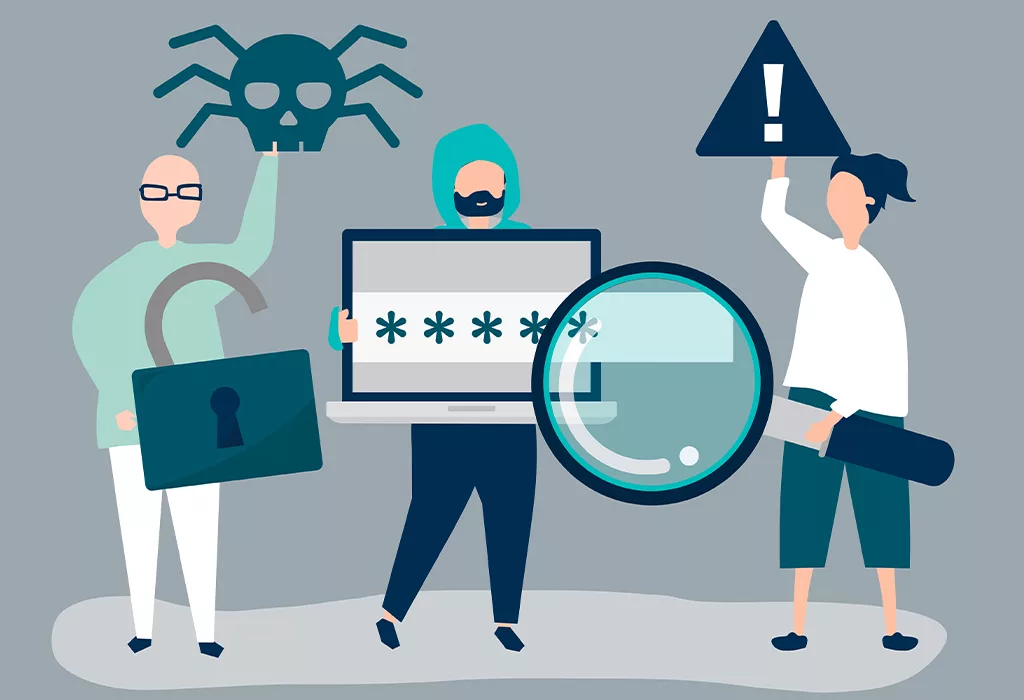by Liam Cook
December 26, 2023
0






